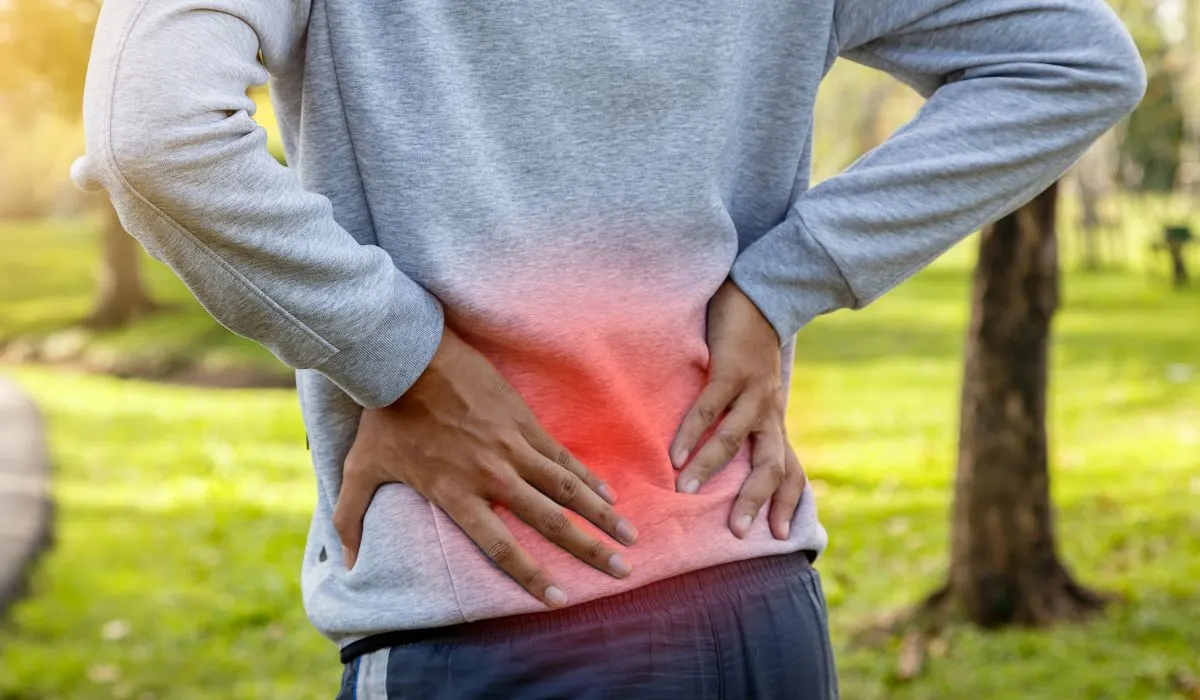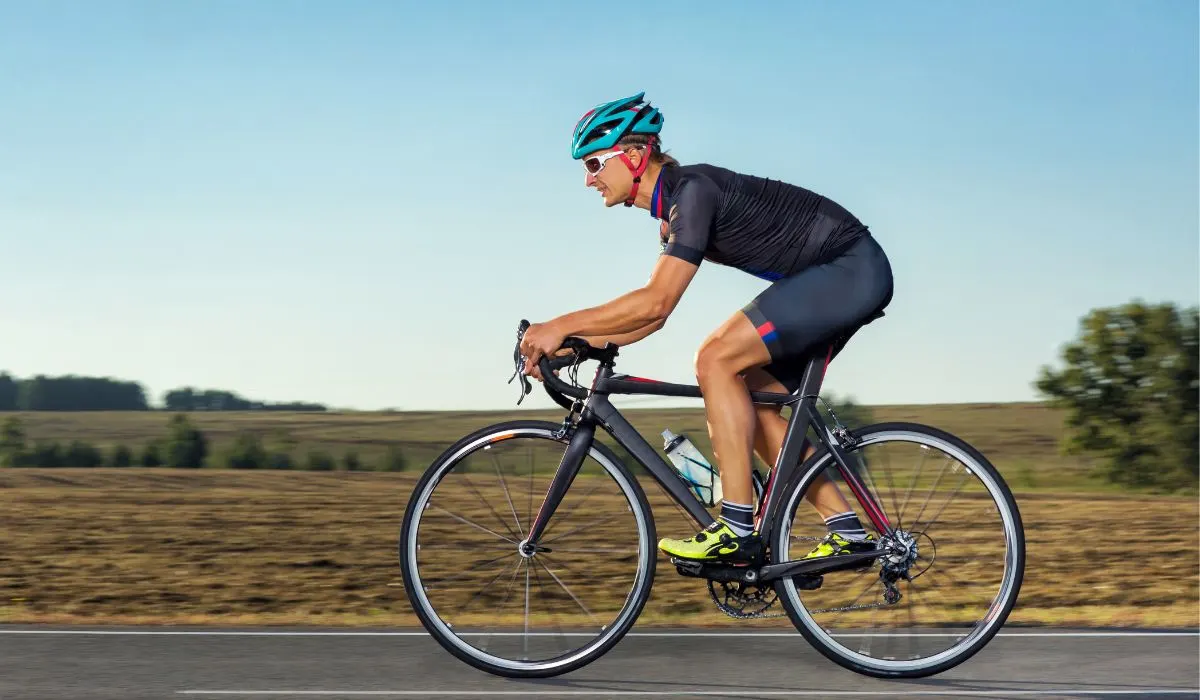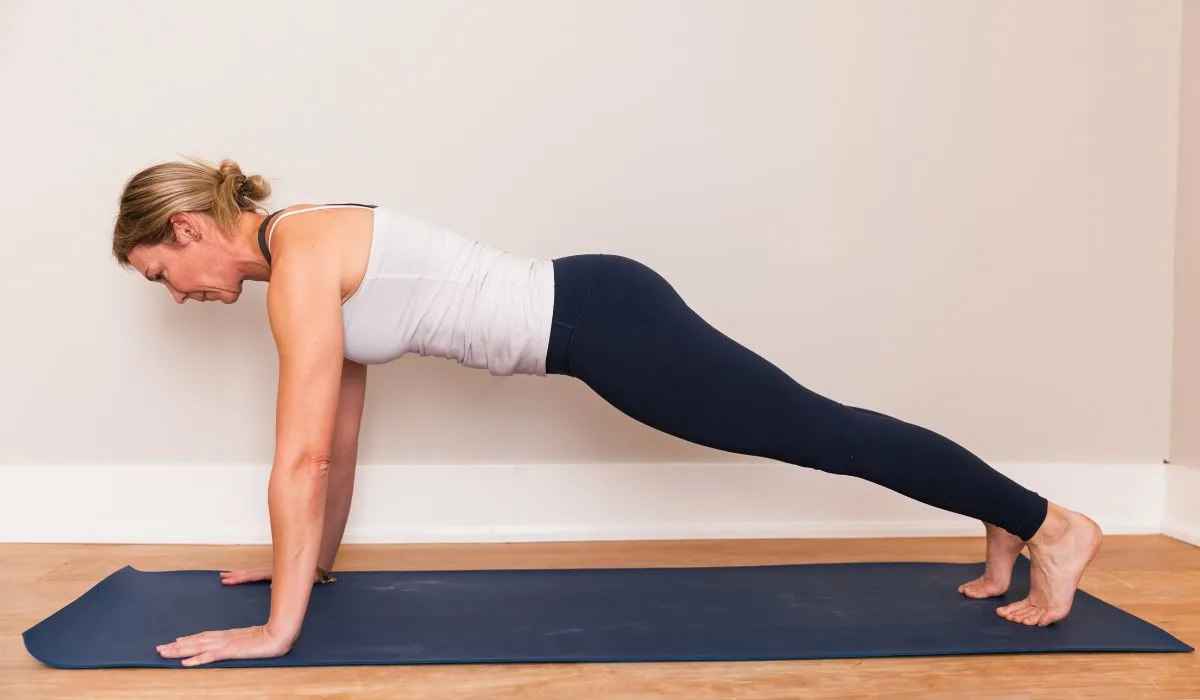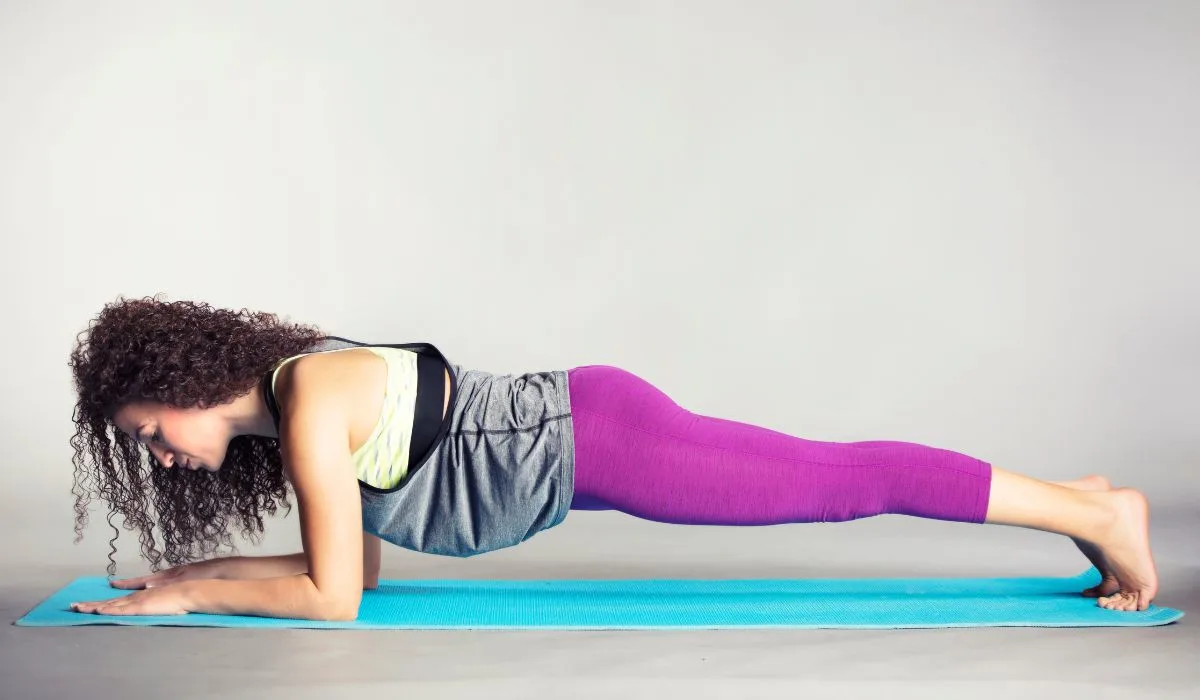
Cycling gets your heart pumping without stressing your joints. It can scorch calories and target multiple muscle groups while being gentle on your knees, ankles, and spine. You chose cycling over running as your fitness fix because you heard it’s good for your back. But it seems to have the opposite effect on you: it’s making your back ache. What’s the truth – is cycling bad for your back?
Cycling is a low-impact exercise generally recommended for back health; however, people with back problems should get clearance from their doctor before cycling. Cycling can cause back pain when the bike fit is wrong, riding posture is poor, and core muscles are weak.
Cycling can be good for your back if done right. You don’t need to quit cycling to save your back if you:
- ride a well-sized bike
- watch your posture and riding style
- make a few easy lifestyle changes
Here’s how to avoid common cycling mistakes so you can breathe easily while pedaling away, knowing you’ve got your own back!
Does Cycling Harm Your Back?
Cycling is usually back-friendly but becomes a back threat under certain conditions.
Cycling Can Be Good For Your Back
Cycling is low impact, making it easier on your whole body, including your back, than workouts that involve:
- high-impact jumping
- running
- jogging
Why Cycling Is Good For Your Back
The less pressure you put on your joints while exercising, the lower your injury risk. Peddling on a bike is usually a smooth, joint-protecting movement.
That’s why anyone keen to cut their back injury risk is advised to get on their bike rather than:
- pounding the pavement
- leaping into the air
- box jumps
- high knees
- burpees
Not only can cycling drop your injury risk, but it can also ease back pain with better spine support by strengthening the muscles in your:
- back
- stomach
- legs
So, cycling can do your back a whole lot of good!
Cycling Can Be Bad For Your Back
There’s a catch: cycling is only good for your back under 2 conditions:
- You don’t have a back problem that can be aggravated by cycling.
- You cycle the right way.
Why Cycling Is Bad For Your Back
Several mistakes can turn cycling from a fun way to stay fit into a real pain in the back.
The biggest mistake you can make if you have back issues is to start cycling before your doctor tells you it’s a safe exercise option. You might need to take precautions when cycling or avoid this exercise altogether. So, get the all-clear from your doctor before you get on the saddle.
Suppose you had no back trouble to start but have developed pain since cycling. In this (very frustrating!) case, the back pain could be a warning that you aren’t cycling properly.
These are 7 things that can go wrong when you make cycling your go-to workout:
#1: You ride the wrong bike
Finding the right bike fit is crucial to safe, enjoyable cycling. A bike that’s the wrong size or not set up properly for your body can bring on back pain.
You’re asking for trouble by riding a bike that’s too big or small, has handlebars that are too far forward, or has a seat that’s too:
- high
- low
- forward
- backward
These factors might make you sit in a way that can:
- overstretch your back
- flex your lower back
- stops your abs from supporting your back adequately
- put pressure on your joints

#2: You ride too rough
Going off-road can give nonstop hills and thrills, but super-bumpy terrain jars the spine, potentially triggering back pain.
#3: Your posture is bad
Cycling posture no-nos that can bring on an achy back:
- hunching over
- arching your neck backward
- fully extending your knees at the end of your pedal strokes
- rocking your pelvis
- pushing out your stomach
- lifting your shoulders
- tensing your body
#4: Your riding style needs tweaking
Using big gears, especially when going uphill, stresses your lower back.
Staying frozen in one position for hours also ups your risk of a sore back.
#5: Your fitness routine lacks strength and flexibility work
So, your idea of a workout is cycling or another cardio exercise, and that’s it? Then your body is missing out on the benefits of muscle-building and stretching exercises.
The body is more injury-prone while cycling without strength training and flexibility moves like:
- lifting weights
- doing body-weight exercises
- using resistance bands like these from Amazon
- yoga
- stretching
EXAMPLE: Tight hamstrings can pull the pelvis and rotate the spine into flexion, and weak core muscles don’t help take pressure off the lower back.
#6: You cycle too much
Studies have found that recreational cyclists who clock more than 100 miles a week are more likely to experience lower back pain than those who cycle shorter distances.
#7: You’re a slouch
Does this sound like your typical day? You slump over your steering wheel, hunch over your computer, take breaks to hunch over your phone, hunch over plates of food, then slump down to watch Netflix?
Maybe you even hunch over your bike handlebars. That’s a lot of hunching and slumping! It all adds up to poor spinal health and an increased risk of back pain.
How To Make Cycling Back Friendly
Every mistake we identified has a fix to make cycling safe for your back.
Here’s how to cycle safely:
Get Your Doctor’s OK
Let your doc check you out before you start cycling. Don’t even think about skipping this safety step if you’ve experienced back trouble before.
Find Your Perfect Bike Fit
First, have yourself measured by a cycling pro to find the right bike size, then ask the pro to set it up just for you.
These tips can help to tell if your seat and handlebars have been properly positioned for your body:
- Check your knees while peddling. They should stay slightly bent even when extended the most during a single revolution.
- Hold the handlebars, ready to ride. Are your elbows slightly bent? They should be if the handlebars are in the right place.
- Do you slouch when reaching for the handlebars? They’re too low. You should be able to comfortably reach the bars while keeping a good posture.

Get Into Position
Maintaining good posture throughout your ride cuts your chances of developing back pain.
Here’s an 11-point checklist for proper cycling posture:
- Pull your stomach toward your lower back.
- Lengthen your torso.
- Angle your upper torso a little to the front.
- Lift your chest slightly.
- Put some of your weight on your arms.
- Keep your pelvis neutral.
- Move your legs up and down from your hip joint, with your knees flexing and extending.
- Keep your shoulders down with your shoulder blades flat.
- Move your eyes, not your head, upward to prevent neck strain. Plus, gently lift and lower your neck now and then to stop it from straining.
- While cruising, keep your chin tucked in.
- Ensure you’re feeling comfortable.
Slicken Your (Riding) Style
Simple tweaks to your riding can make a big difference to how your body feels after you get off your bike.
You’ll lower your risk of muscle strain and back pain by using lower gears when you need them – like when climbing a hill.
Another back-saving tip is to switch positions from time to time during long cycling sessions. Try peddling while standing or moving a little forward or back in your seat every few miles.
Make Your Ride Smoother
Kit out your bike with accessories that lessen the impact of riding on rough terrain. You’ll find all sorts of shock-absorbing goodies, like:
- padded seats
- padded seat covers
- handlebar covers
- gloves
Take breaks from the bumps and hills. Freewheeling on flat roads can be exciting too!
Strengthen Your Core
You’re right if you think you need strong legs and glutes to power your cycling. But don’t overlook the importance of muscles a bit higher up for staying speedy and injury-free on your bike. Core strength is essential to fast, safe riding.
Weak core muscles force the lower back to work too hard, resulting in back strain and pain. On the other hand, well-developed core muscles protect your back by sharing the workload.
TIP: Add ab and back strengthening exercises to your weekly routine.
One of the top core-strengthening exercises is the plank and its variations (there are tons, so you’ll never get bored of this move!).
Here’s how to do a basic high and low plank:

High plank
- Position your body as if you’re about to do a push-up: on all fours, hands under shoulders, and knees under hips.
- Straighten your legs, with your feet about hip-width apart.
- Check that your palms and toes are firmly on the ground, your back is straight, and your core is tight – and keep this form throughout the exercise. Don’t let your back, bottom, or head sag.
- Hold the position for 15 to 30 seconds (extend this to 2 minutes max if you’re feeling tough!), and repeat 3 to 5 times.

Low Plank
Want a bigger challenge? Try the low plank, a more difficult version of the high plank.
You perform both plank exercises in the same way except for one difference: in the high plank, your balance is on your hands, and in the low plank, your balance is on your forearms.
Check that your elbows are below your shoulders and your body stays in one straight line (without drooping hips, back, or bottom) for the full exercise.
Get Flexible
Something else your cycling program might be missing is a decent stretching routine. To help you stay supple and pain-free, regularly stretch your:
- hip flexors
- hamstrings
- back
- neck
- quads
- glutes
Plus, warm up your body and loosen your back before you start your ride, and cool down with some easy peddling after your workout.
All cyclists should do daily stretches to align the spine and loosen overly tight muscles. These stretches should target the:
- neck
- middle of the back
- lower back
- shoulder girdle
- pelvic girdle
Start Small
Even if your bike is the right size and your posture is perfect, back pain can still strike if you push yourself too hard.
Cycling can feel so easy and breezy that you might overdo it and end up with a sore back. It’s better to start with shorter rides and add miles as your muscles get used to the exercise.
TIP: If you want to go further, aim to increase your weekly mileage by no more than 20 to 25%.

Stop Slouching
If you sit and slump all day, it’s no wonder your back feels sore after your cycle. But you can shake up your lifestyle to keep back pain away.
Become aware of your posture. Catch yourself and straighten up when you spend too much time slumping. You don’t need to banish this comfortable posture, just limit it.
Another back-saving move is to keep changing your position throughout the day. Sit a bit, then stand, then walk. Better yet, break up periods of sitting with some core-strengthening exercises!
Conclusion
Cycling is a low-impact exercise that can strengthen your leg, back, and stomach muscles to better support your spine and ultimately prevent or even ease back pain.
These benefits make cycling a good exercise choice for back health. However, common cycling mistakes, like riding the wrong bike with poor posture, can have the opposite effect, triggering back pain.
Keep your back happy while you’re on your bike by ensuring you have:
- the right size and settings for your body
- maintaining good form while you ride
- adding miles to your distance only when your body can handle the extra work
- including strength training and stretching in your fitness routine
- staying active to prevent slumping throughout the day
You might also be interested in:
